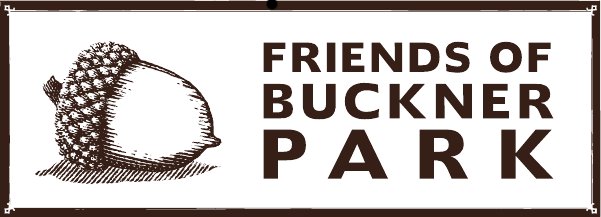Peak's Suburban Addition is the earliest developed portion of East Dallas as well as its oldest resiential neighborhood. Some claim it is older than the city of Dallas itself, which was granted a town charter in 1856. Our neighborhood, Peak's Suburban Addition, began with the large estate Colonel Jefferson Peak built in 1855 on the corner of Worth and Peak Streets. This house was the first brick house in Dallas. Peak was a major landowner who at one time owned all of the land from Elm to Capital and Carroll to Haskell. Major East Dallas streets still bear Peak's name and those of his children: Junius, Worth, Victor, and Carroll. As a result of the years of steady development, the architectural styles of the homes in the neighborhood span several decades, creating diveristy in both design and size of residences and civic buildings. Craftman, Prairie, Classical Revival, Queen Anne and other Victorian styles are all represented in Peak's Suburban Addition. Click here to visit Peak's Addition website.
In 1905, cotton gin manufacturer Robert S. Munger and brother Collett, spared no expense in creating "The City Man's Home." To attract the right social element, Munger Place was carefully planned. Just minutes from downtown Dallas by carriage, Munger Place became the very first deed-restricted neighborhood in Texas. Homes had to be a full two stories, cost at least $2,000 and no house could face a side street. The infrastructure featured such amenities as sidewalks, paved streets, shade trees, sewers, gas mains, and electric street lights. Many of the Dallas' leading businessmen and social elite soon called magnificent Munger Place home. The Great Depression of 1929 almost destroyed Munger Place. Owners began converting their homes into apartments and taking in boarders. By the late 1960's many of these once -stately homes were condemned, torn down or literally falling apart.In the mid-1970's, an ambitious group of urban pioneers moved in to reclaim Munger Place. Artists were drawn to the 10 and 12 foot ceilings, wide open entry halls and bright sunlight streaming through the large, leaded glass windows. In 1980, area residents persuaded the city of Dallas to create the title of Munger Place Historic District. It is now recognized by the United States National Register of Historic Places. Representing over 250 households, the largest collection of Prairie-Style homes in America.Click here to visit Munger Place website.
Junius Heights was built at what was the eastern edge of the city of Dallas in 1906. Described as the "greatest lot sale in the history of Dallas," two hundred lots were reportedly sold between 12:01 A.M. and 12:45 A.M. on September 3, 1906. Advertisements of the day promised that Junius Heights would "become the choicest residential section of Dallas." The neighborhood was served by the Junius Heights streetcar line until streetcar service was discontinued. Today, Junius Heights has an active neighborhood association that obtained historic designation in May 2005, making it Dallas' newest and largest historic district. It is the largest collection of Arts and Crafts/Craftsman homes in the southwest, and includes Prairie and Tudor styles in a neighborhood of well over 700 homes in Old East Dallas, situated east of Munger Place, south of Swiss Avenue and southwest of Lakewood. Click here to visit Junius Heights website.
The Swiss Avenue Historic District is one of the finest early 20th century neighborhoods in the Southwest. Listed in the National Register of Historic Places, approximately 200 carefully preserved and restored homes representing several architectural styles including Mediterranean, Spanish, Georgian, Prairie, Craftsman, Neoclassical, Italian Renaissance, Tudor and Colonial Revival are in the district. Originally developed in 1905 by R.S. and Collett Munger, the district forms part of the original 300-acre Munger Place Development. The area's proximity to downtown Dallas was part of the Mungers' vision to create a neighborhood whose residents would become involved with diverse facets of urban life. The designation as Dallas' first historic district over 30 years ago has ensured the preservation of this vision. The success of The Swiss Avenue Historic District has inspired preservation in numerous Dallas neighborhoods, both residential and non-residential. Click here to visit Swiss Avenue website.
